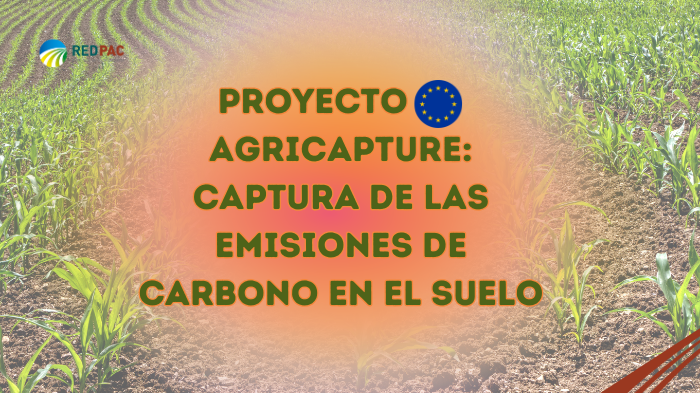
15 de January de 2025
Innovación
Cambio climático y gestión de recursos naturales
Resiliencia y competitividad
Agriculture produces a quarter of global greenhouse gas emissions.
- Agriculture produces a quarter of global greenhouse gas emissions.
- The “AgriCapture” project seeks to mitigate this issue by promoting soil carbon capture methods.
Carbon emissions into the atmosphere are one of the main factors driving climate change, and many human-driven practices increase them. Agriculture is one of them, accounting for 25% of global greenhouse gas emissions and 12% of those in the European Union (EU). For all these reasons, various techniques are emerging to mitigate this effect, such as converting carbon emissions into healthy soil, also known as soil carbon sequestration .
AgriCapture is an EU-funded project focused on this task. Using various technologies, it develops tools that facilitate regenerative agriculture , a method that streamlines the carbon capture process through the use of smart crops and can be used by farmers to create healthy soil.
Benefits
Carbon capture involves capturing CO2 from the atmosphere and introducing it into the soil in the form of organic carbon. Nature, plants, absorb CO2 during photosynthesis and subsequently store the carbon in the soil (biosequestration). This process has significant benefits:
- Eliminates large amounts of CO 2 .
- Optimizes aeration and structure, improving soil quality.
- It increases nutrients and provides a habitat for biota (a set of plant species, animals and other organisms that live in a specific area) that are beneficial to the soil.
- Produces healthier crops and larger yields.
According to Igor Milosavljevic, a consultant at GILab , a company that develops innovative technologies based on geoinformatics (the science of using geographic problems, cartography and geosciences), soil carbon capture can eliminate up to 8.6 gigatons of CO 2 per year, which translates to 3% of the world's annual greenhouse gas emissions.
Tools
Regenerative agriculture poses a major challenge to traditional agriculture, as it requires changes to established practices. This is where "AgriCapture" comes in, utilizing various tools to offer flexible and scalable technologies:
- Data obtained from the Earth observation satellite , in addition to free data from the European Copernicus Earth observation system .
- Machine learning to create a soil map of each given area.
- Uncertainty mapping to determine where soil samples are needed to improve the map.
The project has also developed algorithms to monitor farmers' implementation of regenerative practices, which could be the first step in developing a subsidy scheme to promote this practice. Furthermore, the project plans to develop a mobile app to streamline soil sample collection and assess the costs and benefits of the transition to regenerative agriculture.
Financing and participation
The "AgriCapture" project is funded by European funds with a budget of almost 3 million euros and is coordinated by Serbia with the participation of Belgium, Germany, Greece, the Netherlands, Poland, and the United Kingdom.









